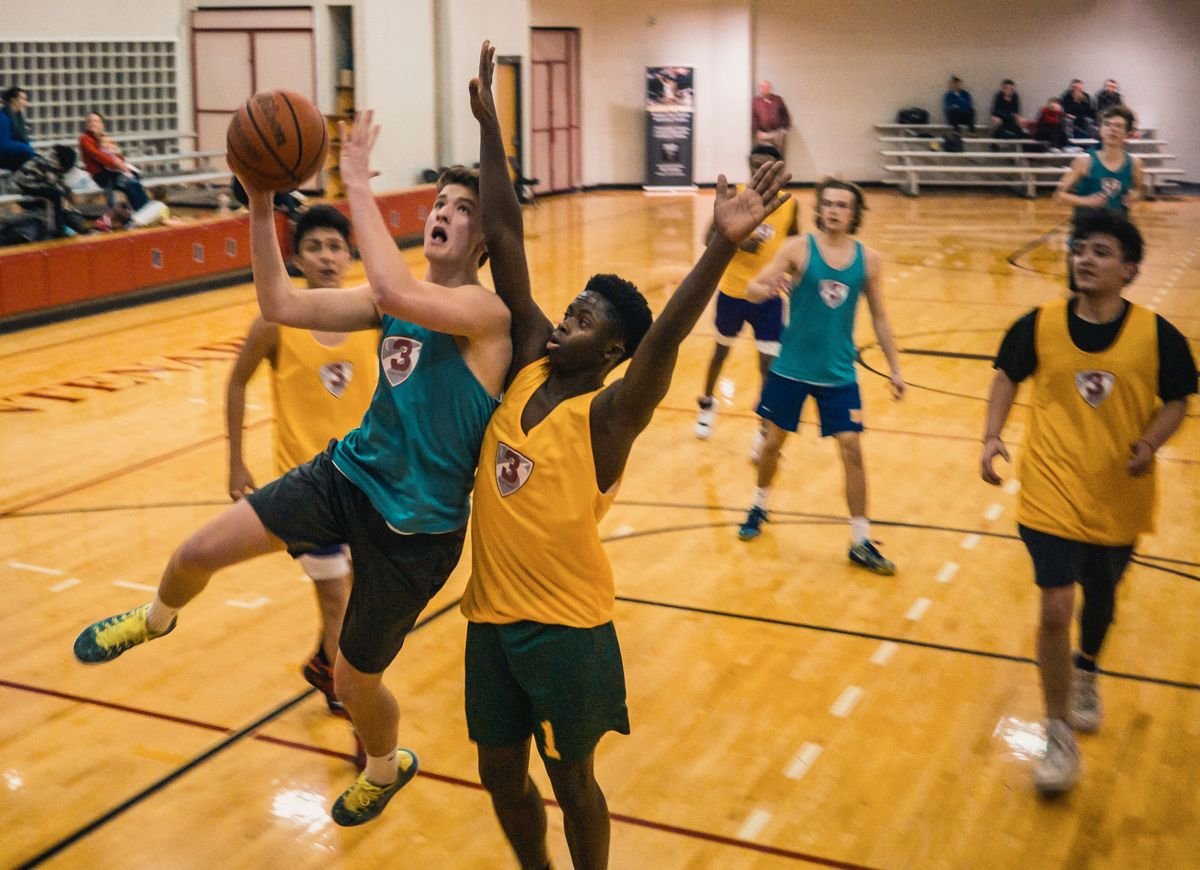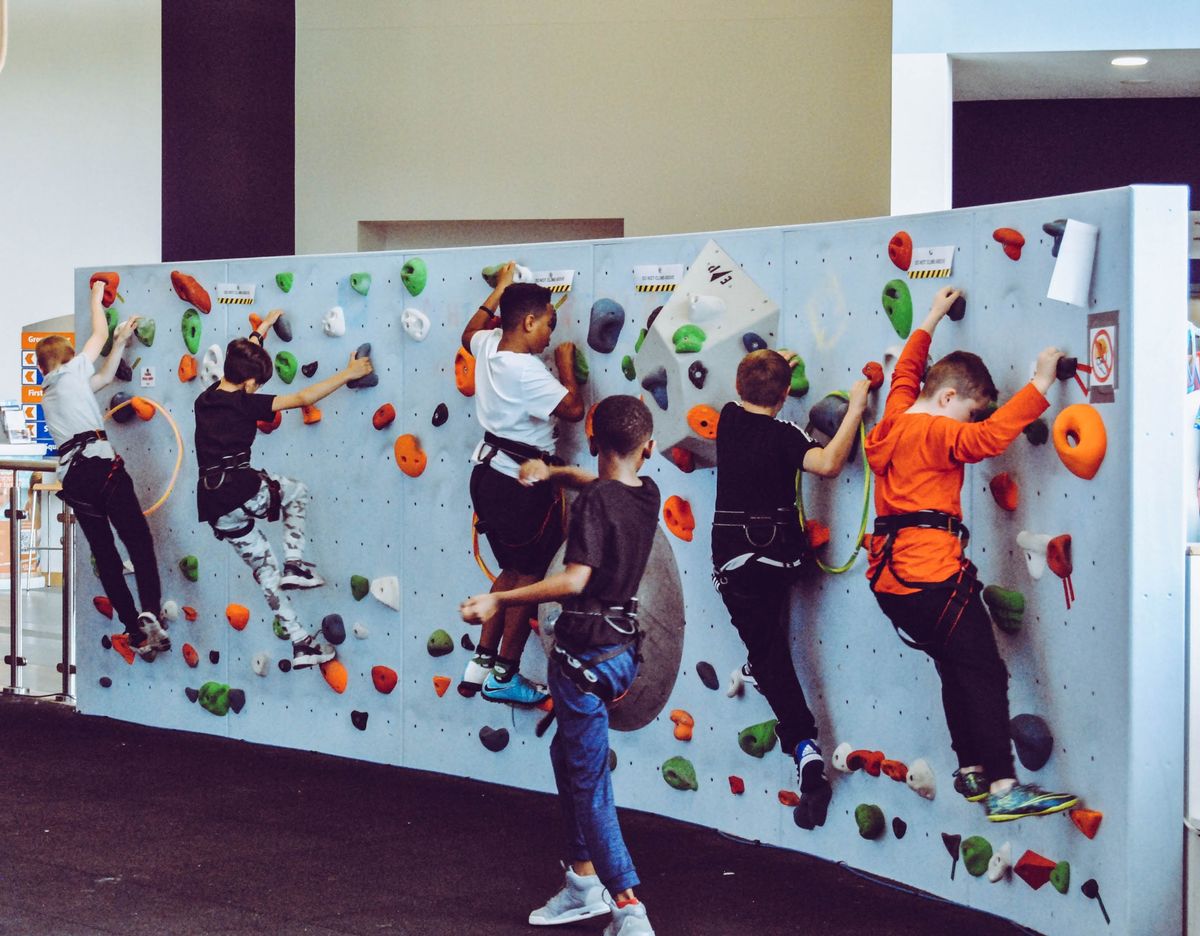Talent identification & development in sport: the basics (part 1/2)
Interview insights Talent
The identification of talent in sport is often erratic and subjective. There is a lot of focus on the current performance of young athletes so that the real talents – the ones with the future potential – could be overlooked and de-selected early. In terms of talent development, a one-size-fits-all approach too often overshadows individual development pathways. As a result, this leads to overuse injuries, demotivation, and early drop-out from sports.
In this 2-part blog series, we look at what talent identification is and how it works in practice (part 2).
What is talent identification?
Talent identification is the search for young athletes with the potential to become elite athletes. “For Hylyght, it’s also about giving clubs and federations with limited budgets a chance to make the right choices. Most of them already have some kind of testing and a youth development approach. We help them in fine-tuning the process, deciding on criteria, and selecting the right athletes”, says Lode Goossens, Founder of Hylyght.
Why is talent identification important?
During youth development in sports, coaches and trainers tend to rely on their experience to select talent (the coach’s eye). Although coaches & trainers might be experienced in this, they might have biases because the maturity of athletes can vary enormously and is rarely taken into account.
In most sports, taller and stronger kids are immediately seen as more talented players. This catches the eye of talent scouts and coaches who might be overlooking the potential of those who are later in their physical development and are not as dominant. Talented but late mature athletes might miss their chance due to a limited number of spots in the talent development program.
A well-known consequence is the relative age effect, where children born early in the year have a higher chance of being selected due to physical advantages, since they may be up to 11 months older than their peers.
Maturity and non-trainable skills
In talent identification, tests should be adapted to the specific sport and should focus on components of the sport that are less trainable and on maturity. “Children might have the same chronological age, but that doesn’t mean they have the same biological age. That’s what we call maturation. Some athletes are already physically well-developed, others aren’t. What happens is that the early mature athletes have advantages in strength and length and are seen as high-potentials. But it’s not because they are the star players now that they will be so in a few years”, explains Johan Pion, guest Professor at Ghent University and HAN University of Applied Sciences. An easy solution is to compare children based on their biological age and not their calendar age.
During the tests, the focus should be on the less trainable aspects of a sport. You also can’t make a small athlete taller or develop excellent motor skills in any athlete. “Based on years of research at Ghent University, we are able to point out which aspects are important and non-trainable for each sport”, says Johan. “These accurate predictions give clubs and federations a head start and collecting high-quality data helps them become more accurate in making the right decisions. The more data gathered, the better the results of the program will be.“
Developing a talent identification process: what to take into account?
Talent identification generally shouldn’t start too early. Clubs and federations should invest in a broad development for all kids and at an age of 11-13, there is still sufficient time to specialize, with the exception of some early-performing sports like gymnastics. “When focusing your talent identification process on an 11+ age group, the physical development of the athletes should be taken into account”, says Johan. “Potential should dethrone performance.”

“It’s important to give good feedback to every athlete, also to the ones that weren’t selected”, explains Johan. “A lot of tools focus on identifying a select number of athletes and develop their talent further. They forget about the ones that are not selected. A tool like Hylyght can make a difference by providing actionable feedback to every athlete and giving them the chance to compare their test results to peers. Every link in the chain is equally important, so feedback to everyone involved in the process is a key success factor.”
A well-developed talent identification program is key to giving that fair chance to every athlete in the running, especially in smaller countries where the selection pool is small and every overlooked talent is one too many. But how do you identify talent? Lode: “We see ourselves as a partner to implement standardized and objective test protocols. We help federations and clubs to set up their own highly specialized program with the right parameters. We ensure they have the right tools and knowhow to ensure high-quality data, which is crucial but often forgotten.”
“By putting the athlete at the center and making a complex & clouding component like maturity crystal-clear, we put a step in the right direction to emphasize potential rather than current performance. That’s how we profile athletes and focus on individual patterns in order to make a difference in talent identification”, concludes Lode.
Find out more about how it works in practice in our second article.
One of Hylyght’s partners is the Flemish Fencing federation. They tell us more about how they work together with Hylyght in part 2 of this series on talent identification & development.